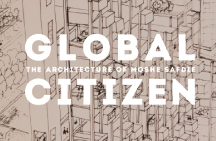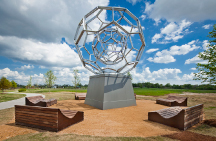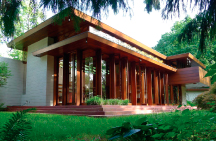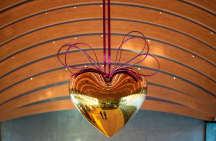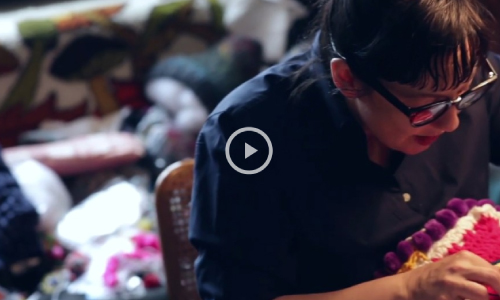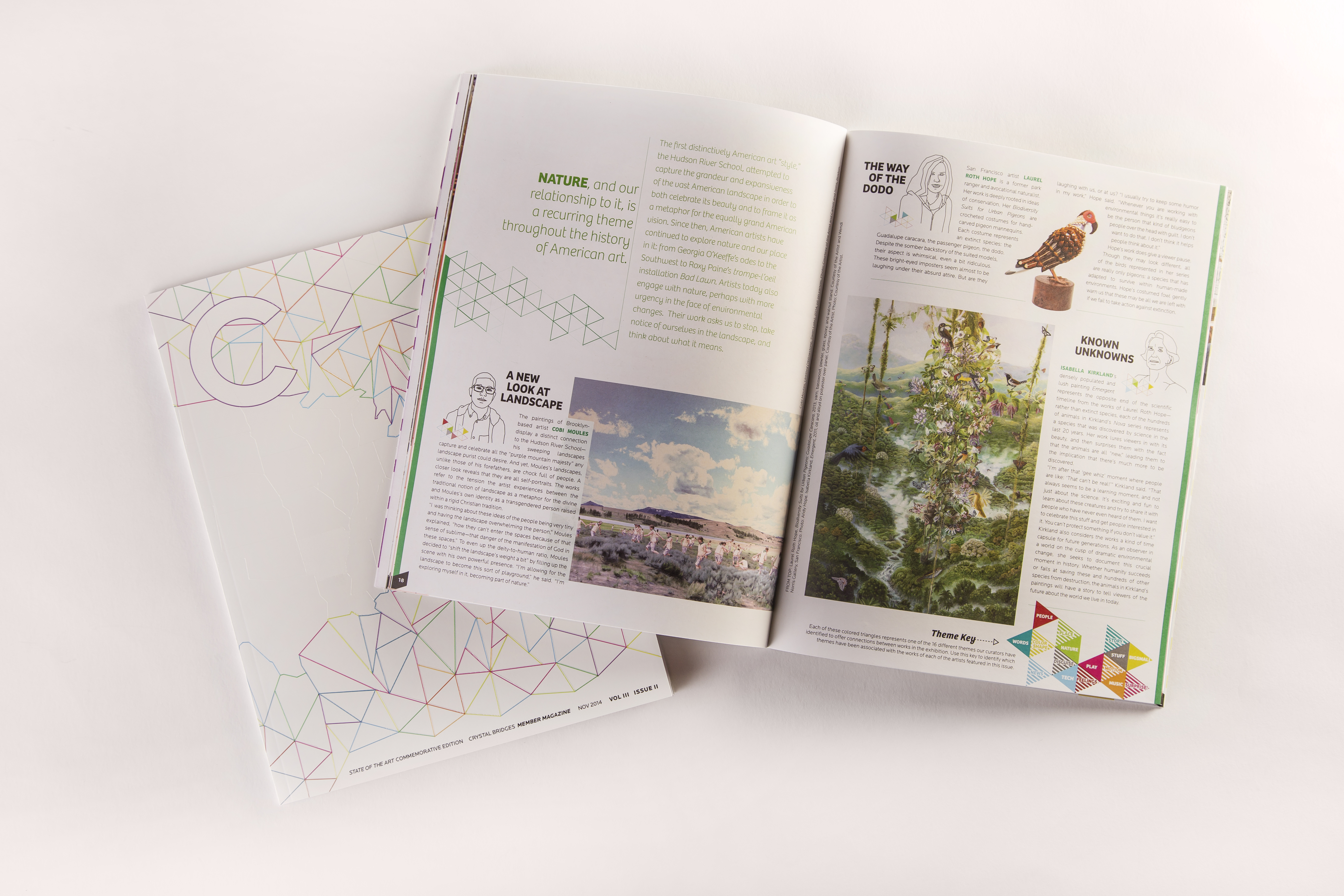

2014 represented Crystal Bridges Museum of American Art’s third full year of operations (the Museum opened on 11/11/11). Acclaimed exhibitions and significant acquisitions marked important milestones during the year.

Top Three Busiest Days of the Year
Friday, November 28: 3,711
Saturday, September 20: 3,294
Saturday, December 27: 3,147
State of the Art: Discovering American Art Now
[vc_row][vc_column width="1/1"][vc_images_carousel images="188,182,181,180,179,178,177,176,175,174,173,158,159,161,160,172,171,170,169,165,164,163,162,157,156" onclick="link_image" custom_links_target="_self" mode="horizontal" speed="5000" slides_per_view="5" autoplay="no" hide_pagination_control="yes" hide_prev_next_buttons="" partial_view="yes" wrap="yes"][/vc_column][/vc_row]
On September 13, 2014, Crystal Bridges launched State of the Art: Discovering American Art Now, an unprecedented exhibition featuring 227 works by more than 100 artists from across the country. This one-of-a-kind exhibition was on view through January 19, 2015, and was viewed by 174,570 Museum visitors. Without a doubt, State of the Art was the most impactful event of 2014. The project garnered national attention and placed Crystal Bridges at the forefront of an ongoing discussion about art in America.
Exhibition curators Don Bacigalupi and Chad Alligood connected with approximately 525 professional colleagues to collect recommendations of local/regional artist whose work has not yet been fully recognized on a national level. These contacts provided an estimated 10,000 recommendations. Over the course of a year, the curators logged more than 100,000 miles, crisscrossing the United States to visit nearly 1,000 of the recommended artists, from which they selected 102 for inclusion in the unprecedented exhibition.
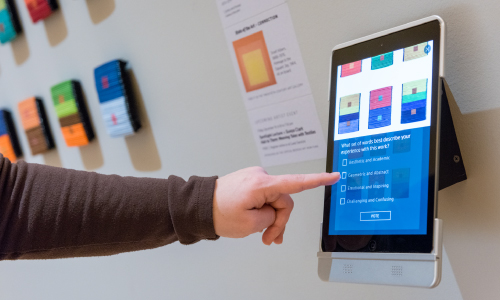
Interpretives
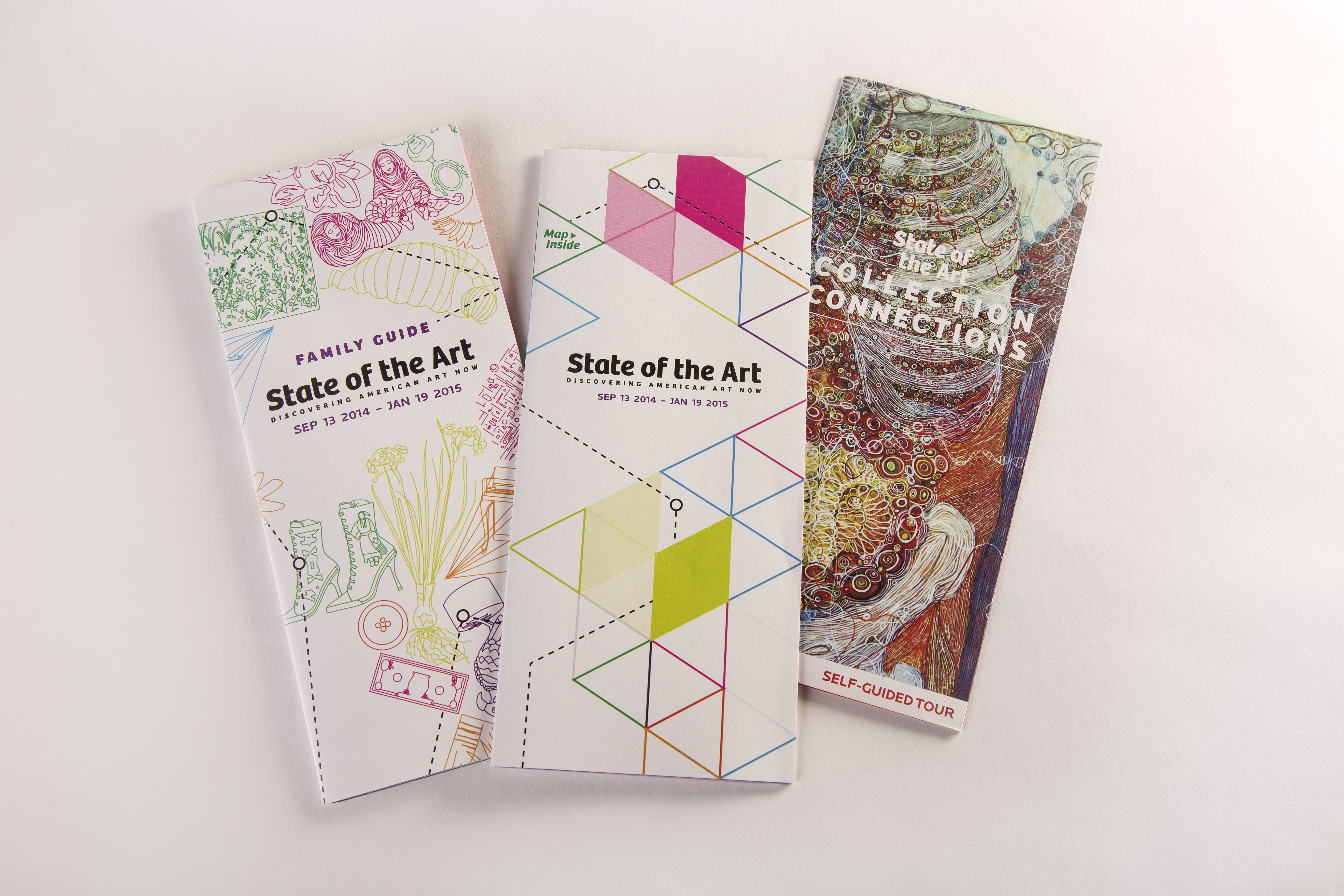
Brochures

Catalog
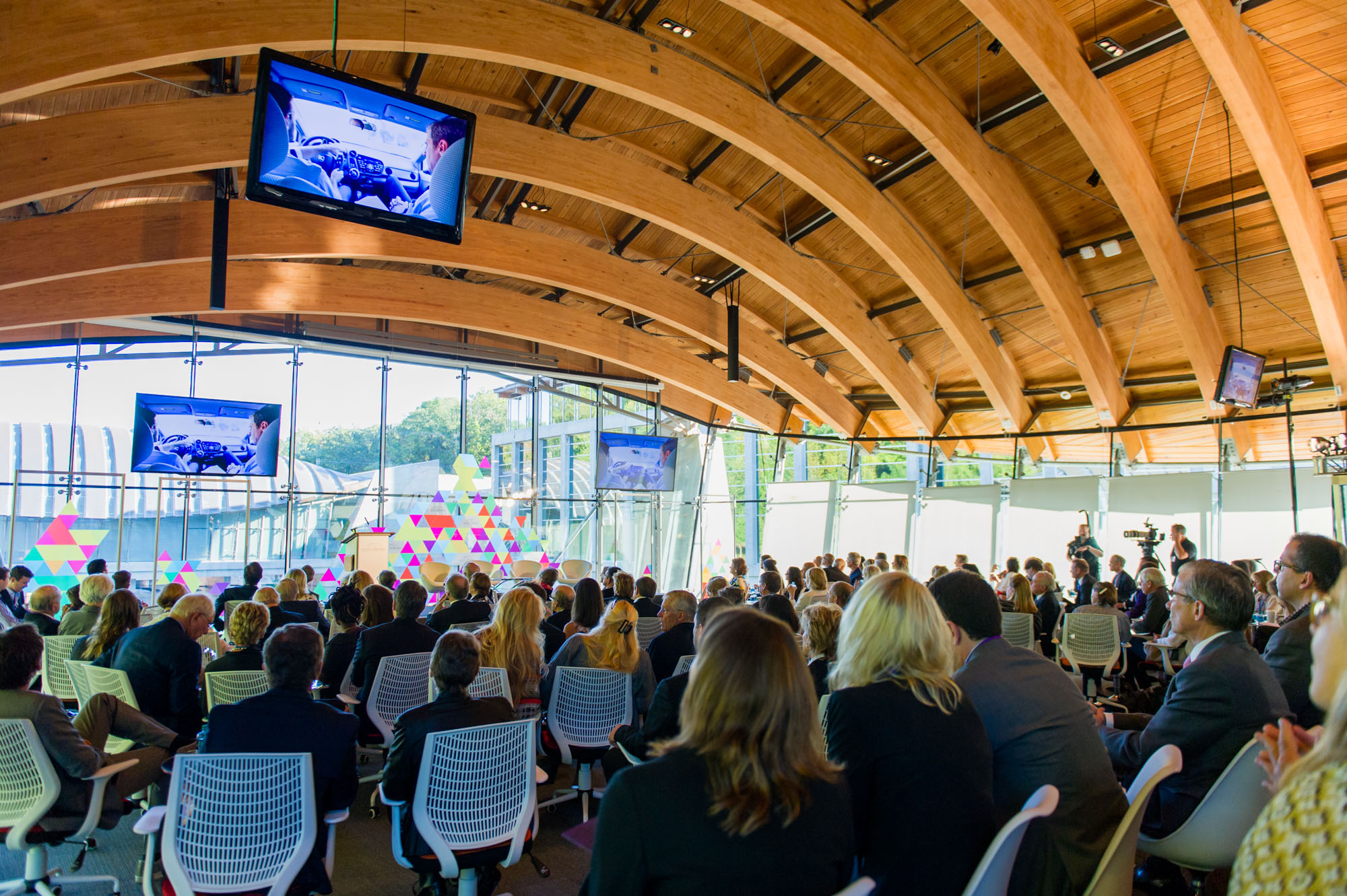
The Summit at Crystal Bridges
In October, more than 100 leaders in the cultural, political, and business arenas convened at Crystal Bridges to discuss the state of art in America today. Thirty distinguished panelists and 11 artists featured in State of the Art joined Crystal Bridges staff to take part in discussions on topics such as Art and Technology, Art and Environment, Art and Community, and the role of Museums now and in the future.
The State of the Art Symposium
On November 14 and 15, the Museum offered a free public Symposium featuring 13 of the artists in the exhibition. This enriching program included artists’ talks, panel discussions, and lectures designed to deepen understanding of works featured in the exhibition and spark in-depth discussions on the topic of artists responding to their immediate surroundings. Key themes included Nature, Science, the Home as Studio, and Community Engagement.
Electric Art Forum and Dance Party
Also in November, a free public program featured the shift of everyday technology—cell phones, old TVs, projectors, social media—into artistic expression. Seven artists featured in State of the Art showcased how they were experimenting with light, projections, machines, video, and sound art in a variety of ways.
Global Citizen and Moshe Safdie
[vc_row][vc_column width="1/1"][vc_images_carousel images="246,245,244,243,242,241,240,239,238,237,236,235" onclick="link_image" custom_links_target="_self" mode="horizontal" speed="5000" slides_per_view="5" autoplay="no" hide_pagination_control="yes" hide_prev_next_buttons="" partial_view="yes" wrap="yes"][/vc_column][/vc_row]
Global Citizen: The Architecture of Moshe Safdie, was on view from May 31 through September 1, 2014, in locations all around the Museum. The exhibition featured scale models, photos, and video of many of the international projects Safdie has designed, including Crystal Bridges. Moshe Safdie visited the Museum in person during the exhibition and presented sold-out lectures for Museum Members and the public.
Frank Lloyd's Wright's Bachman-Wilson House
[vc_row][vc_column width="1/1"][vc_images_carousel images="291,287,286,285,284,283,282,281" onclick="link_image" custom_links_target="_self" mode="horizontal" speed="5000" slides_per_view="5" autoplay="no" hide_pagination_control="yes" hide_prev_next_buttons="" partial_view="yes" wrap="yes"][/vc_column][/vc_row]
In early 2014, Crystal Bridges announced that Frank Lloyd Wright’s Bachman-Wilson House would be coming to Crystal Bridges. Built in 1954 in New Jersey, the house has been encroached upon by the nearby Millstone River over the past decades. To preserve it, the house was deconstructed at its original location in New Jersey during the winter and spring, and was shipped in pieces to Northwest Arkansas. The house will be reconstructed on the grounds and open for public tours in 2015.
A Master Plan for the site was developed and preparation of the building’s new site, on the southeast side of the Museum overlooking Crystal Spring, was completed in 2014. This included the clearing and leveling of the hillside, and construction of a 250-foot stacked-rock retaining wall. A basement was constructed, which was a part of Wright’s original design that was not executed at the New Jersey site. The basement will house the large HVAC system required for public access to the home, and will also provide storage. The Trails and Grounds team has also developed a landscape design for the house, to be implemented before it opens to the public in 2015.
The William S. Paley Collection: A Taste for Modernism
[vc_row][vc_column width="1/1"][vc_images_carousel images="280,279,278,277,276,275,274,273,272,271,270,269,268,267,266,265,264,263" onclick="link_image" custom_links_target="_self" mode="horizontal" speed="5000" slides_per_view="5" autoplay="no" hide_pagination_control="yes" hide_prev_next_buttons="" partial_view="yes" wrap="yes"]
The William S. Paley Collection: A Taste for Modernism, on view at Crystal Bridges from March 15 through July 7, 2014, featured more than 60 works of art from the extraordinary private collection of William S. Paley, the late founder and guiding spirit of CBS. Highlights included works by Paul Gauguin, André Derain, Henri Matisse, Paul Cézanne, Edgar Degas, and Henri de Toulouse-Lautrec, as well as Picasso’s Boy Leading a Horse.
Leo Villareal’s Buckyball
[vc_row][vc_column width="1/1"][vc_images_carousel images="68,67,66,65,64,63,62,61,60,59,58" onclick="link_image" custom_links_target="_self" mode="horizontal" speed="5000" slides_per_view="5" autoplay="no" hide_pagination_control="yes" hide_prev_next_buttons="" partial_view="yes" wrap="yes"][/vc_column][/vc_row]
One year after Leo Villareal’s Buckyball was installed on a temporary basis on Crystal Bridges’ grounds, we were pleased to announce the permanent acquisition of the sculpture for the Crystal Bridges collection. Our staff and guests alike are delighted to make this vibrant work a permanent feature at Crystal Bridges!
Jeff Koons's Hanging Heart (Gold/Magenta)
[vc_row][vc_column width="1/1"][vc_images_carousel images="262,261,260,259,258,257,256,255,254,253,252,251" onclick="link_image" custom_links_target="_self" mode="horizontal" speed="5000" slides_per_view="5" autoplay="no" hide_pagination_control="yes" hide_prev_next_buttons="" partial_view="yes" wrap="yes"]


